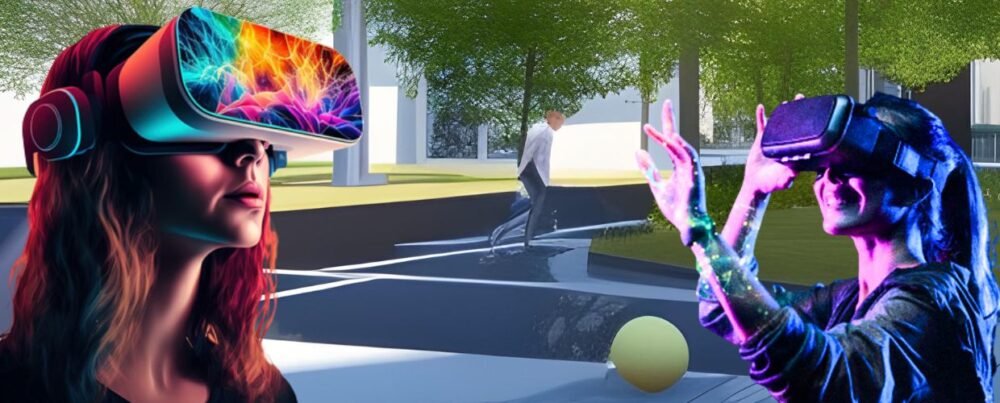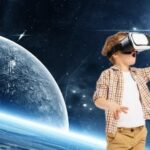Computer vision, the specialization of artificial intelligence that enables machines to analyze, understand, and interpret visual information, has made remarkable strides in recent years. One of its most profound applications is the fusion of the real and virtual worlds, opening up new opportunities for enhanced experiences.
The Power of Computer Vision
Computer vision empowers machines to perceive and interpret visual data as humans do. With advanced algorithms and machine learning models, computer vision systems can recognize objects, understand scenes, and extract meaningful information from images and videos. This ability forms the foundation for blending the real and virtual worlds.
By augmenting reality with virtual elements, computer vision enables us to enhance our perception of the world. We can overlay digital information onto our physical environment through smart glasses, headsets, or smartphone screens, offering a richer and more immersive experience. From gaming and enjoyment to education, healthcare, and architecture, computer vision has the potential to revolutionize countless industries and redefine how we interact with our surroundings.
By leveraging computer vision techniques, we can seamlessly integrate digital content into our physical surroundings, blurring the boundaries between real and virtual. This article explores the transformative potential of blending the real and virtual worlds with computer vision and its implications for various industries.
Seamless Integration and Interaction
Blending the real and virtual worlds requires recognizing and tracking physical objects accurately and integrating virtual content into the real environment seamlessly. Computer vision algorithms enable the precise alignment of virtual elements with the physical world, creating the illusion of a unified space. This integration allows users to interact with digital objects naturally and intuitively, enhancing the overall experience.
Imagine visualizing how furniture would look in your living room before making a purchase or being guided by virtual markers to navigate through complex environments effortlessly. These applications, made possible by computer vision, offer practical benefits beyond entertainment, making our daily lives more convenient and efficient.
Expanding Boundaries and Unlocking New Possibilities
Blending the real and virtual worlds has the potential to expand our boundaries and unlock new possibilities across various domains. In gaming and entertainment, computer vision allows for more immersive experiences, where virtual characters can interact with real-world objects, and players can actively participate in their favorite games like never before. In education, computer vision enables virtual simulations and augmented reality experiences, making learning more engaging and interactive. Students can explore historical sites, dissect virtual organisms, and engage in hands-on experiments, all within the confines of a classroom.
The healthcare industry can leverage computer vision to improve diagnostics, surgical procedures, and patient care. By merging medical imaging with real-time data, doctors can enhance their understanding of complex medical conditions, leading to more right diagnoses and personalized treatment plans.
Architecture and design professionals can use computer vision to visualize and present their ideas more effectively. Clients can experience virtual walkthroughs of architectural designs, enabling them to make informed decisions before construction begins.
Ethical Considerations and Potential Challenges
While blending the real and virtual worlds offers incredible opportunities, it raises ethical considerations and potential challenges. Privacy concerns surrounding visual data collection and use must be carefully addressed. Moreover, ensuring the accessibility and inclusivity of augmented experiences for all individuals remains crucial.
Additionally, as technology evolves, it is essential to consider the potential effect on mental health. Striking a balance between the virtual and physical realms is necessary to prevent addiction and dissociation from reality.
Conclusion
Fusing the real and virtual worlds with computer vision presents a revolutionary path to enhanced experiences. By seamlessly integrating digital content into our physical surroundings, machine vision can transform industries, redefine how we learn, entertain, and interact with our environment.
However, as this technology progresses, it is imperative to address ethical concerns, ensure accessibility, and maintain a healthy balance between the real and virtual domains. With careful consideration and responsible implementation, we can harness the power of computer vision to create a future where the boundaries between the real and virtual blur and our experiences reach new heights.












